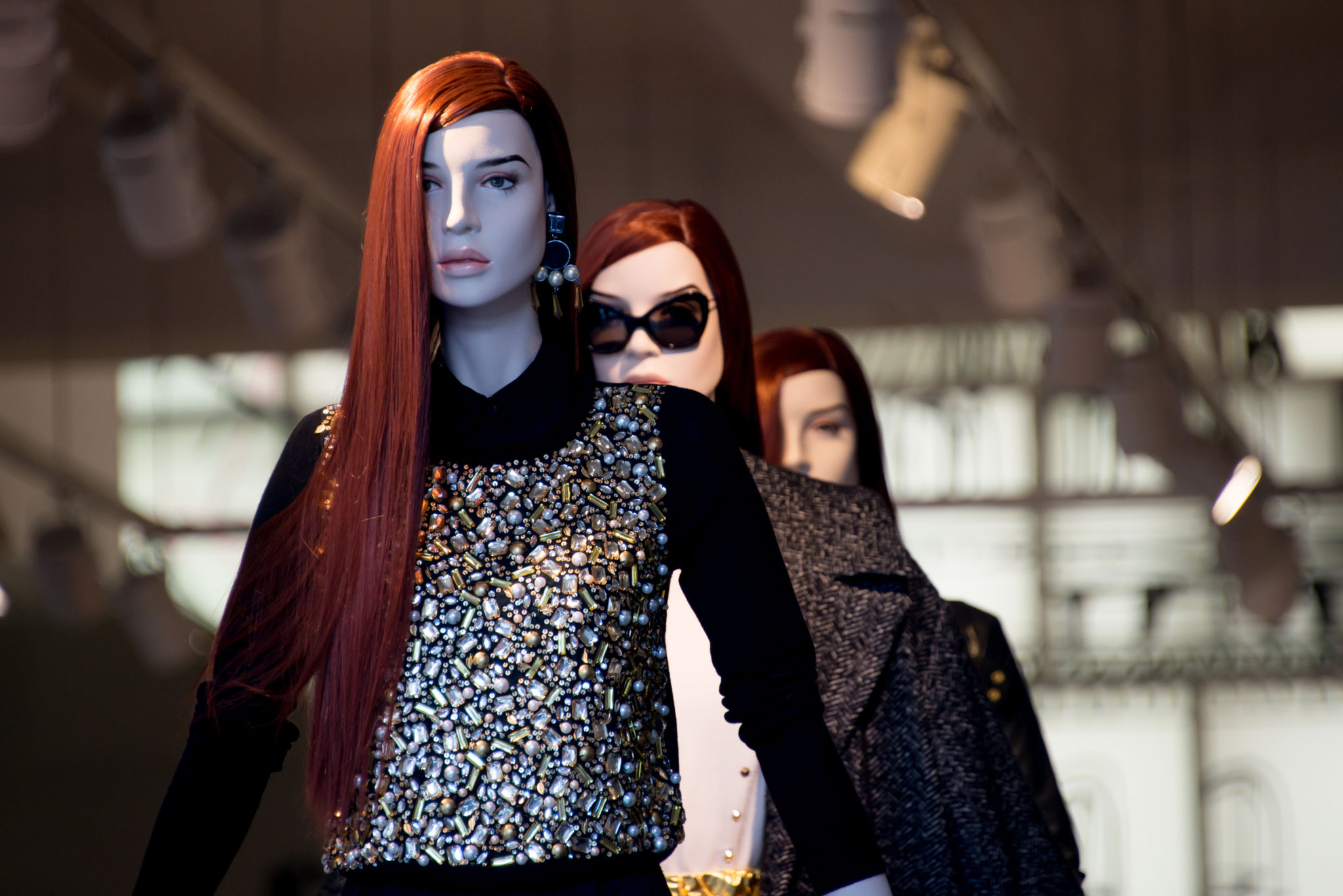The Future of Virtual Fashion Shows
The Rise of Virtual Fashion Shows
The fashion industry is undergoing a digital revolution, with virtual fashion shows becoming an increasingly popular trend. This shift from traditional runway presentations to digital showcases is reshaping the way designers, brands, and audiences interact with fashion. As technology continues to evolve, the potential for virtual fashion shows is only set to expand, offering exciting opportunities for creativity and accessibility.
Virtual fashion shows allow brands to reach a global audience without the geographical limitations of physical events. These digital showcases offer an immersive experience that can be accessed from anywhere in the world, making fashion more inclusive and accessible than ever before. With advancements in technology like augmented reality (AR) and virtual reality (VR), designers can create unique experiences that captivate audiences in entirely new ways.

Technological Innovations Driving Change
The integration of AR and VR into virtual fashion shows is transforming the way audiences experience fashion. AR allows viewers to see garments in their own environment, offering a personalized shopping experience. VR, on the other hand, provides a fully immersive experience, enabling users to explore virtual environments and interact with designs in a 3D space.
Moreover, the use of artificial intelligence (AI) is playing a crucial role in enhancing virtual fashion shows. AI can assist in creating hyper-realistic models and environments, improving the overall quality of digital presentations. By leveraging AI, brands can also analyze audience preferences and tailor their collections accordingly, ensuring that they meet consumer demands effectively.
Environmental and Economic Benefits
The shift to virtual fashion shows also presents significant environmental benefits. Traditional fashion shows are resource-intensive events that often involve travel and production waste. By moving online, brands can reduce their carbon footprint and promote sustainability in the industry.

From an economic perspective, virtual fashion shows can be more cost-effective than physical events. The expenses associated with venue hire, logistics, and travel are significantly reduced. This allows smaller brands and emerging designers to showcase their work on a global stage without prohibitive costs.
The Future of Consumer Engagement
As virtual fashion shows become more prevalent, they are likely to change consumer engagement models. Instead of passive observation, audiences can actively participate in the experience through interactive features. This includes the ability to customize garments, engage with designers, and even purchase items directly from the show.
Brands are also exploring the use of social media platforms to enhance interactivity during virtual shows. Features such as live chats, Q&A sessions, and real-time feedback allow for a dynamic exchange between creators and consumers, fostering a sense of community and involvement.

Challenges and Considerations
Despite their many benefits, virtual fashion shows are not without challenges. The reliance on technology means that technical glitches or connectivity issues can disrupt the experience for both presenters and viewers. Ensuring high production quality is essential to maintain audience interest and engagement.
Additionally, there is the challenge of replicating the emotional impact of a live runway show. The energy and atmosphere of being physically present at an event are hard to duplicate in a digital format. Brands must strive to create compelling narratives and visually engaging content to capture the imagination of their audience.
Conclusion
The future of virtual fashion shows is bright, with endless possibilities for innovation and creativity. As technology continues to advance, these digital showcases will likely become an integral part of the fashion industry's landscape. By embracing this new frontier, designers and brands can reach wider audiences, promote sustainability, and create unforgettable experiences that resonate with consumers worldwide.
